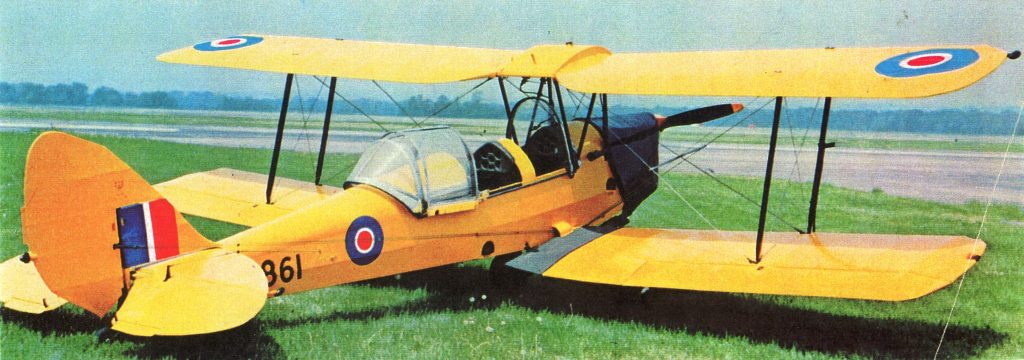DE HAVILLAND TIGER MOTH

Aircraft Details
- Manufacture Date: 1941
- Length: 23 ft 11 in
- Wingspan: 29 ft 4 in
- Power: 145 hp
- Engine: 1 x de Havilland Gipsy Major 1C
- Maximum Speed: 107 mph
- Cruising Speed: 90 mph
- Service Ceiling: 14,200 ft
- Payload:
- Status: On display
- Type: Trainer
DH 82C TIGER MOTH PROJECT
- The de Havilland DH.82 Tiger Moth is a 1930s British biplane designed by Geoffrey de Havilland and built by the de Havilland Aircraft Company. It was operated by the Royal Air Force (RAF) and many other operators as a primary trainer aircraft.
- Powered by a 145 hp (108 kW) de Havilland Gipsy Major piston engine
- This Tiger Moth was built in July 1941, and was put into service at the No. 4 Training Command in October 1941.
- This aircraft has seen many training depots during the Second World War and is now part of our collection.
- Our goal is to have it flying by 2024 in celebration of the 100th anniversary of the RCAF
- The Tiger Moth model is significant to the CH2A. As the former base for the No. 7 Elementary Flying Training School (EFTS), many Tiger Moth trainers were flown here during the war. We have a team of CH2A members working to restore the aircraft to its former glory.
- A big thanks to Dave and Steve Orr, of Bayview Chrysler Sarnia, for helping us to acquire this unique aircraft for our collection. As a thank you, we will be honouring their father, Red Orr, by renaming the Tiger Moth the “Red Orr” Tiger. NOTE: The moth that is currently being prepared for flight came from Grand Prairie Alberta and donated by Mike Beneteau the naked tiger moth (beside the Argus) is the one that was purchased and supported by Dave and Steve Orr. – JR and Don please clarify who to give credit for our flying version



Aircraft Description
The Tiger Moth trainer prototype was derived from the DH 60 de Havilland Gipsy Moth in response to Air Ministry specification 13/31 for an ab-initio training aircraft. The main change to the DH Moth series was necessitated by a desire to improve access to the front cockpit since the training requirement specified that the front seat occupant had to be able to escape easily, especially when wearing a parachute. Access to the front cockpit of the Moth predecessors was restricted by the proximity of the aircraft’s fuel tank directly above the front cockpit and the rear cabane struts for the upper wing. The solution adopted was to shift the upper wing forward but sweep the wings back to maintain the centre of lift. Other changes included a strengthened structure, fold-down doors on both sides of the cockpit and a revised exhaust system. It was powered by a de Havilland Gipsy III 120 hp engine and first flew on 26 October 1931 with de Havilland Chief Test Pilot Hubert Broad at the controls.
One distinctive characteristic of the Tiger Moth design is its differential aileron control setup. The ailerons (on the lower wing only) on a Tiger Moth are operated by an externally mounted circular bellcrank, which lies flush with the lower wing’s fabric undersurface covering. This circular bellcrank is rotated by metal cables and chains from the cockpit’s control columns, and has the externally mounted aileron pushrod attached at a point 45° outboard and forward of the bellcrank’s centre, when the ailerons are both at their neutral position. This results in an aileron control system operating, with barely any travel down at all on the wing on the outside of the turn, while the aileron on the inside travels a large amount upwards to counter-act adverse yaw.
From the outset, the Tiger Moth proved to be an ideal trainer, simple and cheap to own and maintain, although control movements required a positive and sure hand as there was a slowness to control inputs. Some instructors preferred these flight characteristics because of the effect of “weeding” out the inept student pilot.
Operational history
Canadian DH.82C Tiger Moth showing characteristic canopy
The RAF ordered 35 dual-control Tiger Moth Is which had the company designation DH 82. A subsequent order was placed for 50 aircraft powered by the de Havilland Gipsy Major I engine (130 hp) which was the DH 82A or to the RAF Tiger Moth II. The Tiger Moth entered service at the RAF Central Flying School in February 1932. By the start of the Second World War, the RAF had 500 of the aircraft in service and large numbers of civilian Tiger Moths were impressed to meet the demand for trainers.
During a British production run of over 7,000 Tiger Moths, a total of 4,005 Tiger Moth IIs were built during the war specifically for the RAF, nearly half being built by the Morris Motor Company at Cowley, Oxford.
The Tiger Moth became the foremost primary trainer throughout the Commonwealth and elsewhere. It was the principal type used in the British Commonwealth Air Training Plan where thousands of military pilots got their first taste of flight in this robust little machine. The RAF found the Tiger Moth’s handling ideal for training future fighter pilots. Whilst generally docile and forgiving in the normal flight phases encountered during initial training, when used for aerobatic and formation training the Tiger Moth required definite skill and concentration to perform well — a botched manoeuvre could easily cause the aircraft to stall or spin.
A number of modified Tiger Moths were developed for special roles. A radio-controlled target gunnery target version of the Tiger Moth II called the DH.82B Queen Bee was first built in 1935, with nearly 300 in service at the start of the Second World, (it is believed the name “Drone” derived from “Queen Bee”). These aircraft retained a normal front cockpit for test-flying or ferry flights, but had a radio-control system in the rear cockpit that operated the controls using pneumaticically-driven servos. Four-hundred were built by de Havilland at Hatfield, and a further 70 by Scottish Aviation.
de Havilland Canada in Downsview manufactured 1,548 of all versions including the DH.82C and Menasco engined variants known as the Menasco Moth. The de Havilland Canada operation also built 200 Tiger Moths to USAAF Lend-Lease orders, which were designated for paperwork purposes as the PT-24 before being delivered to the Royal Canadian Air Force. de Havilland Australia assembled 20 aircraft from parts sent from the United Kingdom before embarking on a major production campaign of their own of the DH.82A, which resulted in a further 1,070 being built locally. Additionally, 23 were built in Sweden as the Sk.11 by AB Svenska Järnvägsverkstädernas Aeroplanavdelning, 91 were built in Portugal by OGMA, 38 in Norway by Kjeller Flyfabrikk (some sources say 37 so the first may have been assembled from a kit) and 133 were built in New Zealand by de Havilland New Zealand in addition to a large number of aircraft assembled from kits shipped from the UK.
In the aftermath of Britain’s disastrous campaign in France, in August 1940, three proposals for beach defence systems were put forward. 350 Tiger Moths were fitted with bomb racks to serve as light bombers as a part of Operation Banquet. A more radical conversion involved the “paraslasher,” a scythe-like blade fitted to a Tiger Moth and intended to cut parachutists’ canopies as they descended to earth. Flight tests proved the idea, but it was not officially adopted. The Tiger Moth was also tested as a dispenser of Paris Green rat poison for use against ground troops, with powder dispensers located under the wings.
Postwar
In postwar use, large numbers of surplus Tiger Moths were made available for sale to flying clubs and individuals. They proved to be inexpensive to operate and found enthusiastic reception in the civil market, taking on new roles including aerial advertising, aerial ambulance, aerobatic performer, crop duster and glider tug.
The Tiger Moth was often compared with the Belgian-designed Stampe SV.4 aerobatic aircraft which had a very similar design layout. Several Tiger Moths were converted during the 1950s to Coupe standard with a sliding canopy over both crew positions.
Many ex-RAF examples imported to the Netherlands post war were required by the Dutch civil aviation authorities to be fitted with additional fin area, incorporating an extended forward fillet to the fin.
After the development of aerial topdressing in New Zealand, large numbers of ex-Royal New Zealand Air Force Tiger Moths built in that country and in the United Kingdom were converted into agricultural aircraft. The front seat was replaced with a hopper to hold superphosphate for aerial topdressing. From the mid 1950s, these topdressers were replaced by more modern types such as the PAC Fletcher, and a large number of New Zealand Tiger Moths in good flying condition were then passed to pilot owner enthusiasts.
Royal Navy Tiger Moths utilised as target tugs and “air experience” machines became the last military examples when that service purchased a batch of refurbished ex civil examples in 1956. One became the last biplane to land on an aircraft carrier (HMS Eagle) in the English Channel during the Summer of 1967. On take-off the wind over the deck meant she took off but was slower than the carrier, which turned hard to starboard to avoid a possible collision. These remained in service until the early 1970s.


